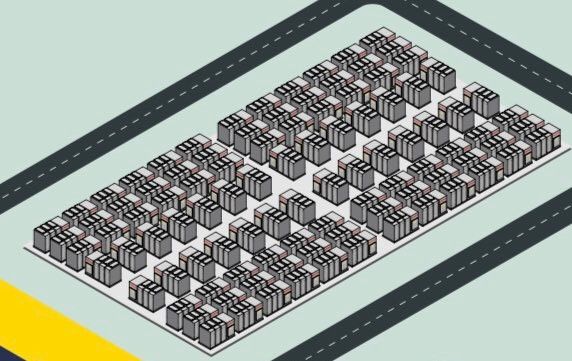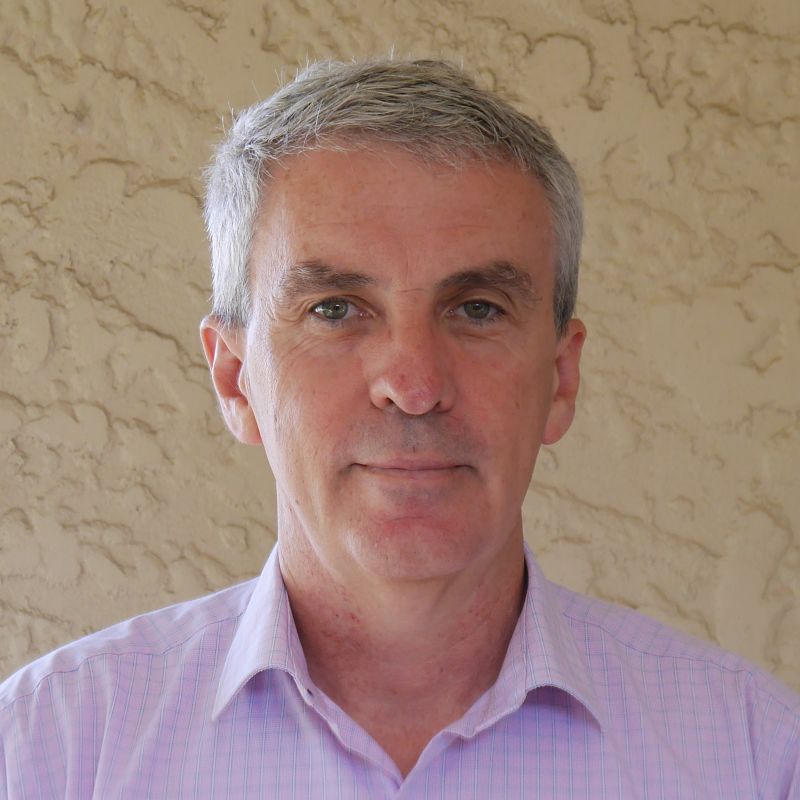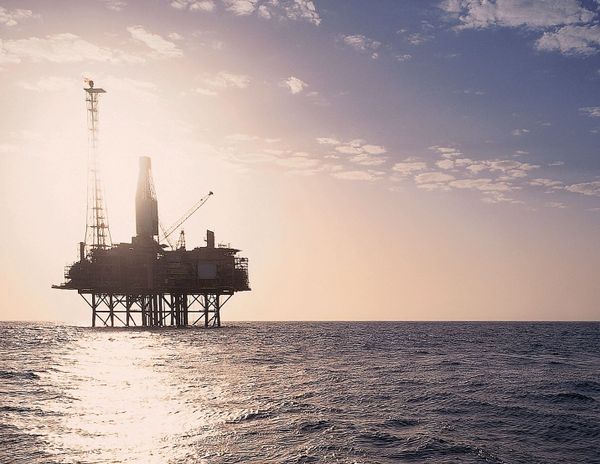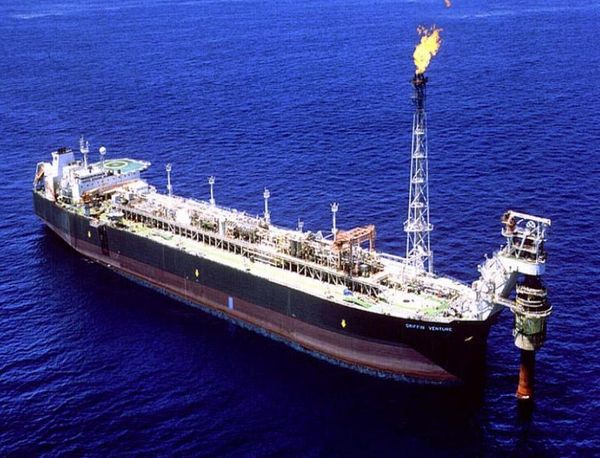WA plans $100M big battery to balance solar
A huge battery in Kwinana will help tame the chaos in the South-West WA power system caused by soaring output from rooftop solar panels and pave the way for more renewable energy.

The WA Government plans to have Australia's second-largest battery operating on the South West power grid in two years to help pave the way for more renewable energy.
The battery will be built at the site of the Synergy's old Kwinana Power Station that is being pulled down. It will be next to a 330-kilovolt transmission line that also serves nearby gas-fired peaker and combined-cycle power stations.
Jason Waters, the chief executive of State-owned generator and retailer Synergy, said the battery was part of more resilient, cleaner and smarter power system the future.
Waters said battery storage would be the hallmark of an intelligent and advanced power system, including household, community, and grid-scale installations.
"I think over the long term it will be the first of many," Waters said at the Kwinana site today.
The battery will be able to absorb or deliver power at a rate of 100 megawatts and store 200 megawatt-hours of energy. The battery could power 160,000 homes for two hours.
The Kwinana facility will be bigger than the famed battery that Elon Musk in 2017 said Tesla would install in South Australia within 100 days or he would give it away for free.
Musk won the bet and charged $90 million for the 100MW/129MWh system.
The so-called Tesla battery, officially named the Hornsdale Power Reserve, has been a success for its French owners Neoen who this year completed a 50 per cent expansion of capacity.
Most of the revenue from Hornsdale comes from so-called essential services that stabilise the grid.
The primary role of the Kwinana battery will be store excess solar energy in the middle of the day and return it to the grid during the early evening peak demand.
This flattening of the so-called duck curve will allow coal-fired power stations to operate more steadily across 24 hours and cut the total generation required in the evening.
Synergy has been trying a range of measures to allow its coal and gas-fired power station to better operate in a market with rapidly fluctuating demand caused by intermittent solar generation.
Synergy plans to have the bigger Kwinana battery operating by September 2022. The utility today issued a request for information from possible suppliers that closes at the end of October.
Waters said the cost, that he expected to be more than $100 million, and how it would be funded would be determined after the RFIs were received.
Energy Minister Bill Johnston said a battery provides the cheapest stability for the grid.
"We need to face the future and get our system ready for more renewable energy," Johnston said, or the system would face challenges.
Johnston said the Federal Government was putting $15 million towards the cost of the battery.
Federal Minister for Energy and Emissions Reduction Angus Taylor said in a statement that with the contribution the Federal Government was a step closer to a State Energy and Emissions Reduction Deal with WA.
NSW agreed on a package of measures in January 2020 worth more than $2 billion that included a commitment of increased gas supply from either by Santos' controversial Narrabri project that received planning approval this week or an LNG import terminal.
Johnston said he expected the Commonwealth Government to be fair to WA and match the contributions it is making on the east coast.
Main image: Battery graphic. Source: Synergy




